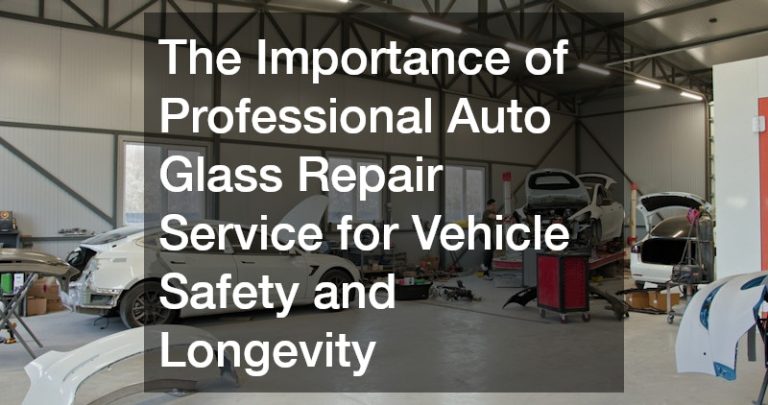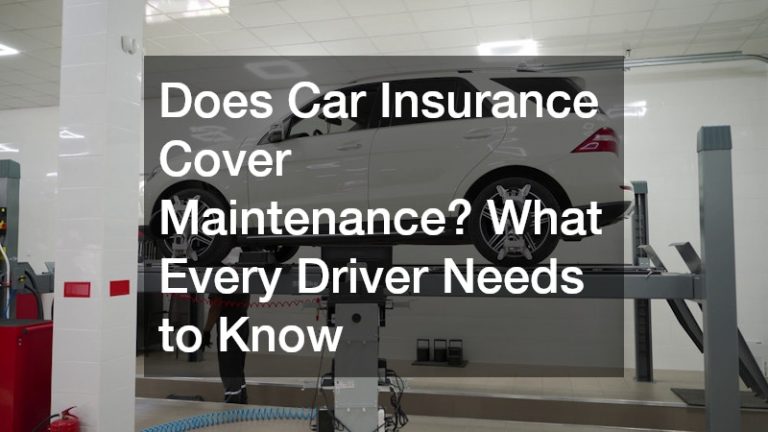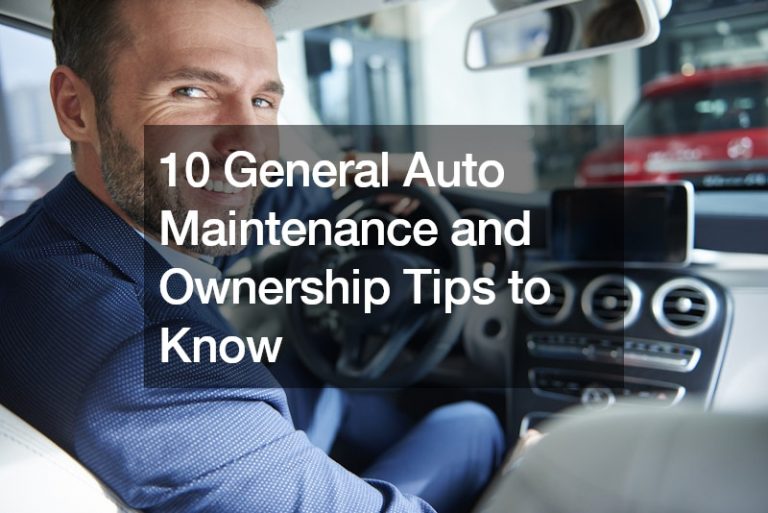Switching car insurance may sound like a hassle, but in reality, it’s a smart and often simple way to save money, get better coverage, or find a provider that fits your current driving habits. Whether you’re a seasoned car owner looking for better premiums or a first-time policyholder confused by your options, this guide walks you through how to switch car insurance in 2025, without the stress or guesswork.
With rising inflation and evolving coverage trends in the auto industry, being an informed insurance shopper has never been more important. This guide will help you understand when to switch, what to look for, and how to avoid lapses in coverage.
Why Should You Switch Car Insurance?
It’s easy to stick with your current car insurance provider out of convenience, but loyalty doesn’t always pay. Many drivers don’t realize that they could save hundreds of dollars per year or receive better coverage just by switching providers.
If your lifestyle, driving habits, or financial circumstances have changed, your old policy might no longer be the best fit. Some providers may increase premiums after claims or remove discounts without notice. Additionally, the car insurance market in 2025 is more competitive than ever, meaning better offers are often just a few clicks away. Understanding the reasons to switch can help you make informed financial decisions while ensuring you stay properly protected on the road.
Common reasons to switch car insurance:
- Premiums increased without explanation
- You bought a new car or added drivers
- Your credit score improved
- You’re relocating to another state
- You found better coverage options elsewhere
- You had a poor claims experience
In 2025, with online quote tools and digital insurance platforms on the rise, switching is easier than ever. The key is knowing how—and when—to do it right.
When Is the Best Time to Switch Car Insurance?

You can technically switch car insurance at any time. However, there are optimal windows that make the process smoother and more cost-effective.
Switching around your renewal date is often ideal, as it lets you transition policies without penalties and keeps your billing cycles simple. If you’re moving to another state, changing your car, or adjusting who’s on your policy, these are also prime times to evaluate your coverage. Some companies even offer welcome discounts for new customers who switch early. Being strategic about the timing can reduce hassle, avoid fees, and help you make the most of competitive offers in the 2025 market.
Ideal times to switch include:
- Before your current policy renews (usually 30 days before)
- After a major life change (new job, moving, marriage, etc.)
- When rates increase unexpectedly
- After comparing quotes and finding better deals
Always check your existing policy for cancellation fees or early termination clauses, but in most cases, you’ll receive a prorated refund if you cancel mid-term.
What Should You Consider Before Switching?
Before jumping into a new policy, it’s essential to assess your needs and compare providers carefully. Car insurance isn’t just about price—it’s about protection, service, and flexibility.
Ask yourself what kind of driving you do most—long commutes, local errands, or ridesharing? Do you need roadside assistance, rental reimbursement, or gap coverage? Each of these can affect which provider and policy is best for you. Also, look at how the insurer handles claims and customer service. Reading third-party reviews and checking financial ratings from agencies like AM Best can provide insights into how reliable a company is when you need it most.
Key factors to evaluate:
- Coverage types and limits
- Deductibles and out-of-pocket costs
- Customer service and claims process reviews
- Discounts offered (multi-car, safe driver, etc.)
- Financial stability of the insurance company
Take time to review your current declarations page (a summary of your policy) so you can compare apples to apples when evaluating quotes.
How to Switch Car Insurance in 2025: Step-by-Step
Let’s break down exactly how to switch car insurance in 2025 with confidence and clarity.
Step 1: Evaluate Your Current Policy
- Review your coverage, deductibles, and monthly premiums.
- Take note of your policy expiration date.
- Look for any penalties or fees for early cancellation.
Step 2: Get Multiple Quotes
- Use online quote comparison tools (like The Zebra, Policygenius, or insurer websites).
- Get at least 3 quotes for accurate comparison.
- Provide the same information (car, drivers, location) for consistency.
Step 3: Check for Discounts
- Ask about bundling options with homeowners’ or renters’ insurance.
- Inquire about safe driver, good student, or loyalty discounts.
Step 4: Choose the Best Policy for Your Needs
- Don’t just choose the cheapest—review the fine print.
- Ensure the new policy offers equal or better coverage than your current one.
Step 5: Buy the New Policy—But Don’t Cancel Yet
- Secure your new policy first to avoid a lapse in coverage.
- Set the new policy start date to align with the cancellation of the old one.
Step 6: Cancel Your Old Policy
- Once your new policy is active, notify your old insurer in writing.
- Ask for confirmation of cancellation and request a refund if applicable.
Step 7: Update Documents
- Keep proof of insurance in your vehicle.
- Notify your DMV if required by state law.
- Inform your lender or leasing company of the change.
Will Switching Car Insurance Affect Your Credit or Driving Record?

Switching insurance does not negatively impact your credit score or driving record. In fact, insurers often perform a soft credit check, which doesn’t affect your credit rating.
Some insurers use credit-based insurance scores to determine premiums, so a higher credit score could actually help you qualify for better rates when switching. As for your driving record, switching providers won’t erase infractions, but different companies weigh violations differently. One ticket that raises rates with your current provider might be less significant with another. Be sure to get quotes from insurers who cater to your unique profile, especially if you’re a high-risk or new driver.
What Are Common Mistakes to Avoid When Switching?
Lapses in coverage—even as short as one day—can result in higher premiums for years to come. Others may forget to notify their car lender, which could put them in violation of loan agreements. Also, some drivers focus only on price and ignore policy exclusions or lower coverage limits. In 2025, when so much is handled digitally, it’s easy to rush through forms and miss important details. Take time to read the fine print and double-check your application before you commit.
Even though switching is relatively simple, many drivers make small errors that can cost them in the long run.
Avoid these common mistakes:
- ❌ Cancelling your old policy before the new one is active
- ❌ Choosing the cheapest option without reviewing coverage
- ❌ Not checking cancellation policies (some may require written notice)
- ❌ Forgetting to inform your lienholder or lessor
- ❌ Overlooking state-specific requirements (like proof of coverage timing)
Always double-check state laws and your current provider’s cancellation policy before making the switch.
Can First-Time Policyholders Switch Car Insurance Too?
Absolutely! First-time buyers are not locked into their initial policies. In fact, many new drivers find they can get better rates after a few months of responsible driving.
If you signed up with a higher premium due to a lack of history or age, you might qualify for reduced rates after 6–12 months of clean driving. First-time policyholders also often learn more about what coverage they actually need versus what they were sold. As you become more confident in managing your insurance, feel free to explore better options. Switching can be a powerful way to take control of your financial future and protect your vehicle.
If you’re a new driver and:
- Your premiums are high
- Your initial provider has poor service
- You’ve gained new discounts (e.g., student, clean record)
…then switching may be a smart move. Just follow the same steps listed above, and don’t be afraid to shop around—even if you’ve only had your policy for a short time.
Digital Tools That Make Switching Easier in 2025
One advantage of switching insurance in 2025 is the sheer number of tech tools available. Digital-first insurers, apps, and platforms are making the process faster, more transparent, and often more affordable.
Many apps now allow you to upload your current insurance and receive personalized recommendations within seconds. Others offer AI-powered coverage suggestions based on your driving habits, vehicle type, and location. These tools take the guesswork out of switching and empower drivers to make better choices. You can even track your driving behavior for potential usage-based discounts. In short, 2025 is the best year yet to be a tech-savvy insurance shopper.
Popular tools to consider:
- Insurify – Compare multiple quotes quickly
- Policygenius – Helps match coverage to lifestyle needs
- Gabi – Syncs with your current provider to compare automatically
- Jerry – A mobile-first app that handles switching for you
- Root Insurance – Usage-based model that may save safe drivers more
Use these to eliminate paperwork, get real-time rates, and complete the switch online, without ever needing a phone call.
What to Do After You Switch
Once you’ve made the switch successfully, keep everything documented.
Store your new policy details digitally and physically. Some states require proof of insurance in your vehicle at all times, and your lender may request updated documents. Monitor your old insurer’s final statement to confirm your policy was canceled properly and that you received any refunds. Also, verify that your new insurer processed any discounts or bundling promotions you applied for. Set a reminder for your new renewal date and make it a habit to revisit your insurance policy each year.
Post-switch checklist:
- ✅ Download or print your new ID cards
- ✅ Check that your old policy is officially canceled
- ✅ Monitor your bank account for any refund or final charge
- ✅ Save both old and new policy documents for your records
- ✅ Contact your bank/lender with updated insurance info (if applicable)
Also, mark your calendar for your new renewal date, so you can continue evaluating rates annually.
Final Thoughts: Is Switching Worth It?
For most car owners, switching car insurance is absolutely worth the effort. In many cases, it results in:
- Lower premiums
- Better customer service
- Coverage that matches your lifestyle
- New discounts and benefits
As rates fluctuate, technology evolves, and your personal situation changes, so should your insurance. In 2025, the tools and access to information will be more user-friendly than ever before. All it takes is a little research, comparison, and a few clicks to get the coverage—and the price—you deserve.
So don’t settle. Take control of your coverage today and enjoy the peace of mind that comes with knowing you’re truly protected.
Remember: Your insurance should work for you, not the other way around.








